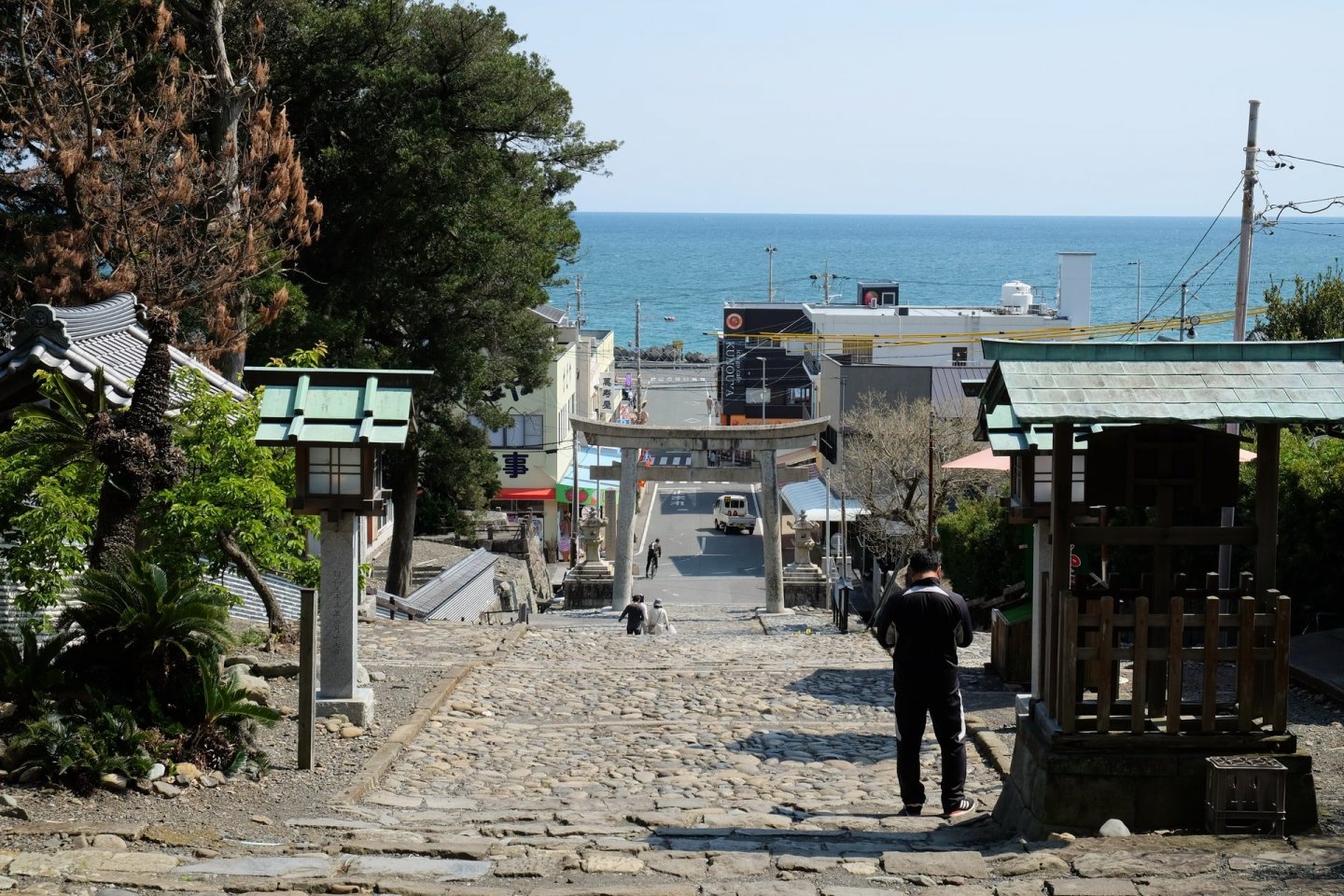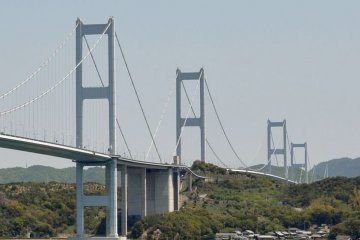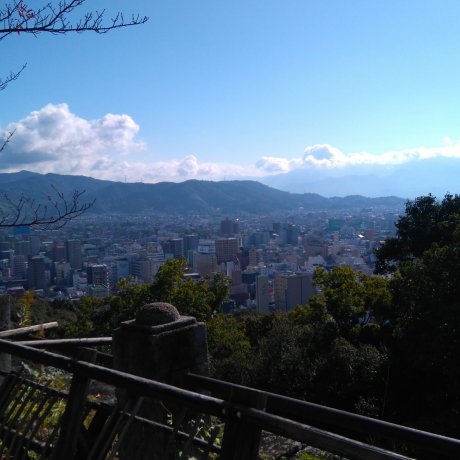

Ehime
Visit Dogo Onsen – the inspiration for Spirited Away
Top Attractions in Ehime


Kurushima Kaikyo Bridge

Oyamazumi Shrine

Matsuyama Castle
Upcoming Ehime Events

Hikari No Mi 2025-2026
Winter evenings in Matsuyama take on a magical feel with the return of Hikari no Mi, a participatory light art event held at Dogo..

Nanrakuen Plum Festival 2026
Each year from around late January through to early March, Ehime's Nanrakuen Garden is home to a plum festival which showcases..

Dogo Onsen Festival 2026
Every March, Dogo Onsen is dressed up in lanterns and red pinstripes to celebrate its cultural history and provide a platform for..
Where to eat in Ehime

Imabari: Guide to Food
The people of Imabari are often said to be impatient, and this is reflected in the way they cook. Consequently, the region has produced..

Taimeshi, an Ehime Delicacy
Tomomi ShibaEhime's traditional dish is taimeshi. Introducing two different types of local dish with the same name, and how they developed...

Chocolate Al Fresco at GBC Kiriyama
Scott BrauseEnjoying single origin chocolate al fresco in the historic highlands of Shikoku.
Places to stay in Ehime

Kiya Ryokan
Kiya Ryokan in Uwajima is a stylish renewal of a historic inn. Guests can rent the whole building where Japan’s leading politi..

Elegant Run Of the Mill Ryokan in Dogo
Spa Ryokan Dougoya offers a ryokan-like experience in a stylish 1930s building in Dogo for travelers on a budget.

Yu no Tani Ryokan
If you need to unwind, de-stress, and heal your body and soul, there's no better place than Saijo's Yu no Tani Ryokan.
Latest Ehime Reports


Garyu Sanso: An Architectural Masterpiece in Harmon...
Veronica CarnevaleLocated in Ozu City along the Hiji River, Garyu Sanso is a breathtaking villa that whisks you away to early twentieth-century Japan...

Memorable Matsuyama
Arlene BastionMatsuyama has a lot of impressive and memorable attractions, but what prevails is really its air of unpretentious simplicity.






















